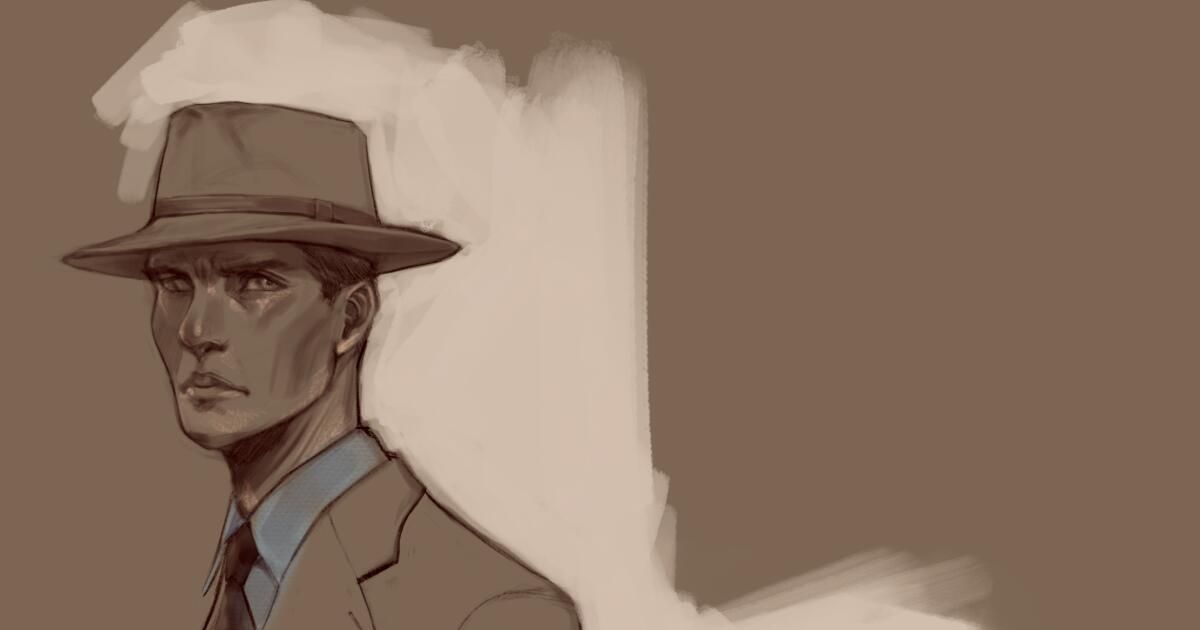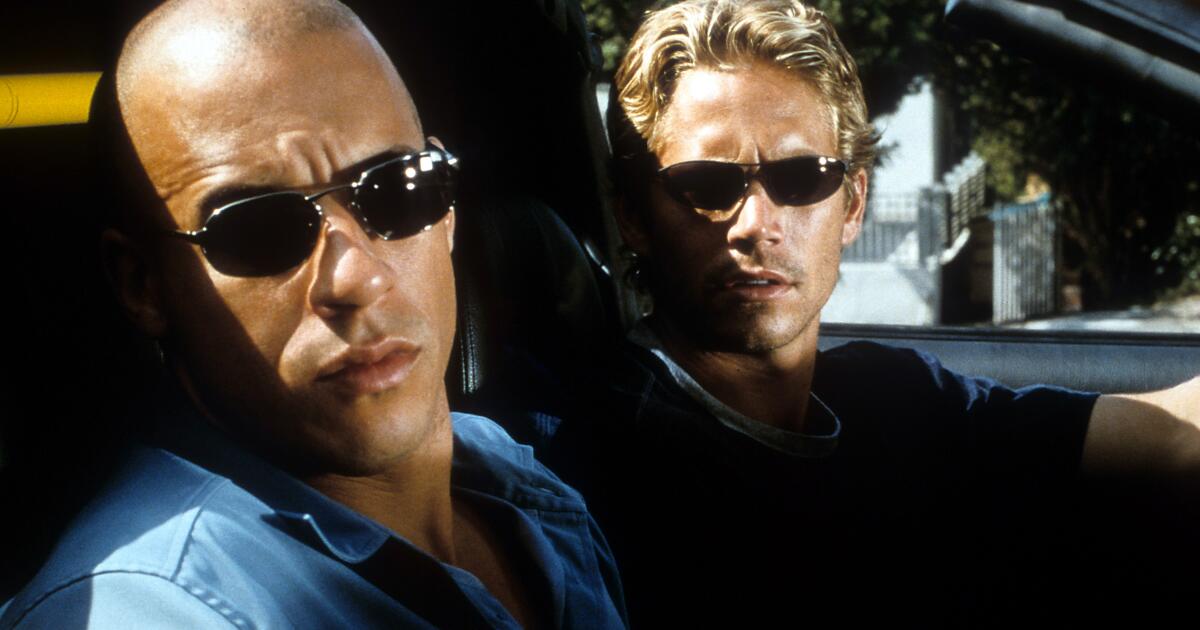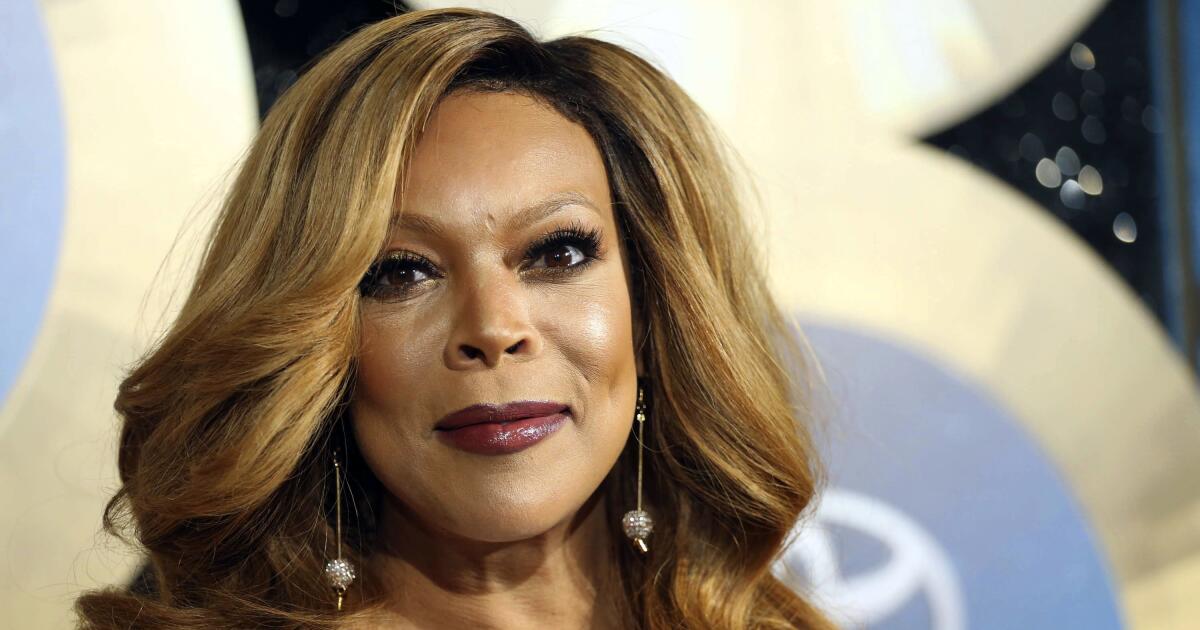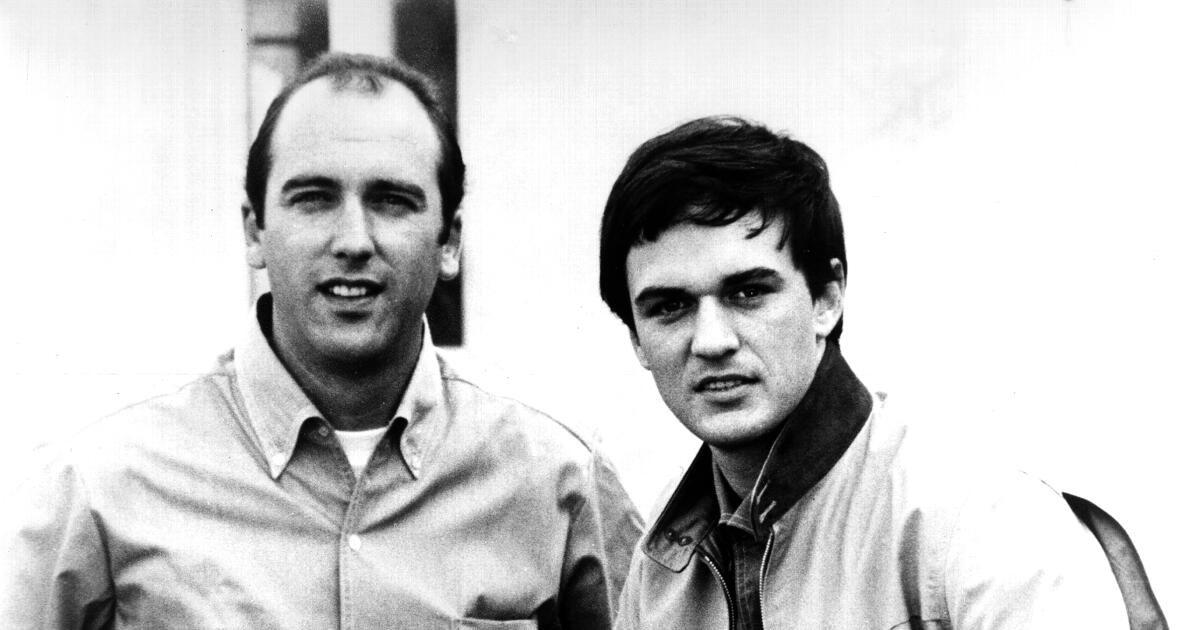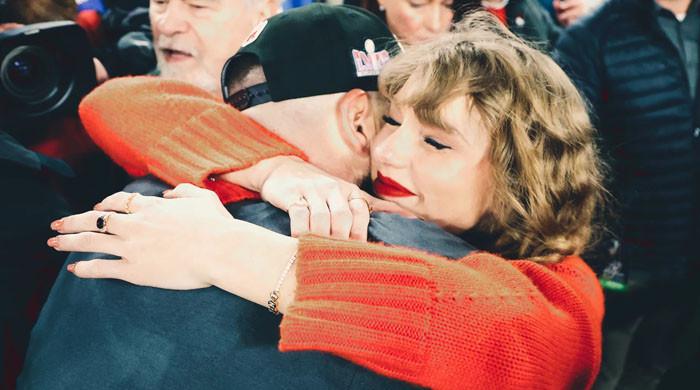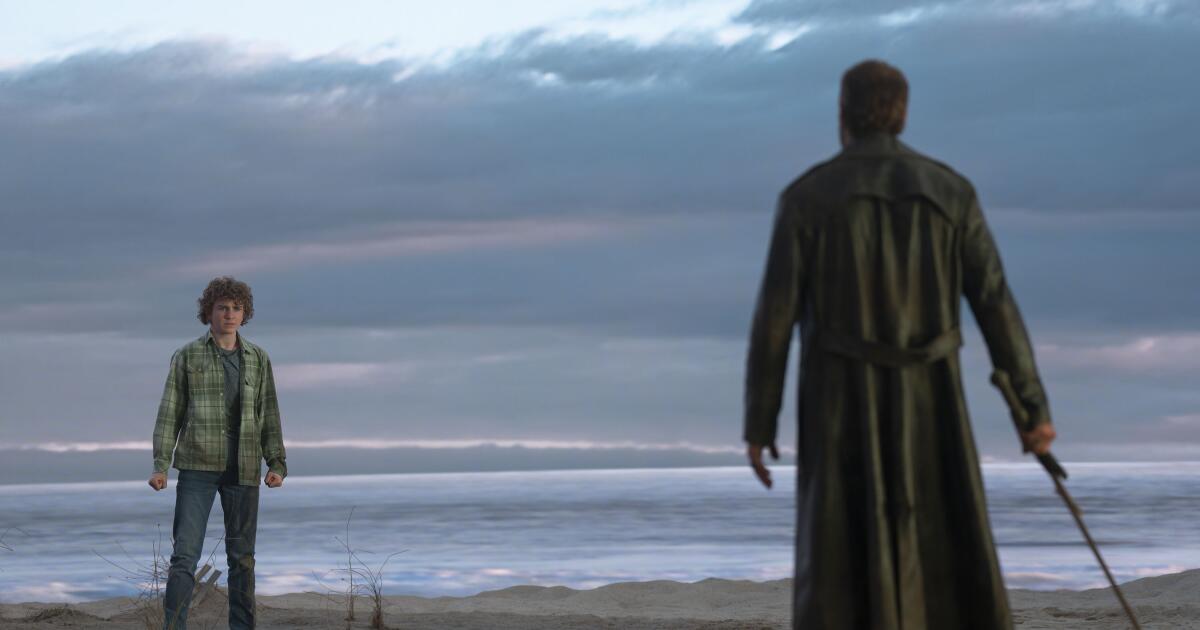Ellen Mirojnick, the costume designer who won an Emmy for transforming Michael Douglas into the flamboyant artist Liberace in “Behind the Candelabra,” now has her first Oscar nomination, for costumes and characters that couldn't be more different: the politicians, soldiers. and scientists at “Oppenheimer”.
Director Christopher Nolan's sprawling film chronicles how theoretical physicist J. Robert Oppenheimer (played by Cillian Murphy) came to run the Los Alamos laboratory in New Mexico, part of the Manhattan Project, a World War II program to develop a bomb. atomic.
In her first production with Nolan, the veteran designer's reputation as a creative problem solver was put to the test. With a “very small budget,” he had to distill the 180-page script from the three-hour film that covers more than 40 years and includes 73 speaking parts, and produce a wardrobe of 1,000 costumes that easily conveys era changes, status social of the characters and even their mental state. The extra-compressed 57-day shoot also forced him to consider how the costumes performed in color, black and white, and on Imax screens.
Your solution? For each decade, pull out the essential silhouette and then distinguish the characters with collars, colors, lapels, knits, and the occasional really cool sweater. Mirojnick subtly added signatures to the characters' wardrobes that helped audiences recognize them over time. And by using the black-and-white photo filter on her iPhone, the designer was able to see how the costumes registered without color. She made many custom ties, which became a useful focal point, especially on the giant Imax screen.
Although each item was drawn from historical research or was an actual vintage garment, it was also asked to add a touch of modernity.
Costume designer Ellen Mirojnick on the set of “Oppenheimer” with actors Matthew Modine and Cillian Murphy.
(Melinda Sue Gordon/Universal Pictures)
“Chris's notes were very specific at the beginning. He wasn't interested in making a stylized film or a gorgeous period piece,” says Mirojnick. He did specify that no one other than Oppenheimer should wear a hat (except those in military uniform).
In life and art, Oppenheimer's hat and pipe have long been iconic. As a symbol of its owner, the hat itself sat atop a particle accelerator for the cover of the first Physics Today magazine in 1948. Since the film's release, the hat has become a key piece of Oppenheimer cosplay. and Halloween costumes.
However, Mirojnick had only black and white photographs and no written description to guide the construction of the famous hat, which is as iconoclastic as its wearer. The crown was characteristic of a pork pie but had an irregular hand-formed fold; The brim was wide like a cowboy hat but not as stiff. The color and materials were lost to history.
“You had to raise and lower your hat. It had to be a lot of different things,” she says. She needed to reflect the true essence of the New Mexico environment. “It didn’t need to feel like a piece of cardboard on your head.”
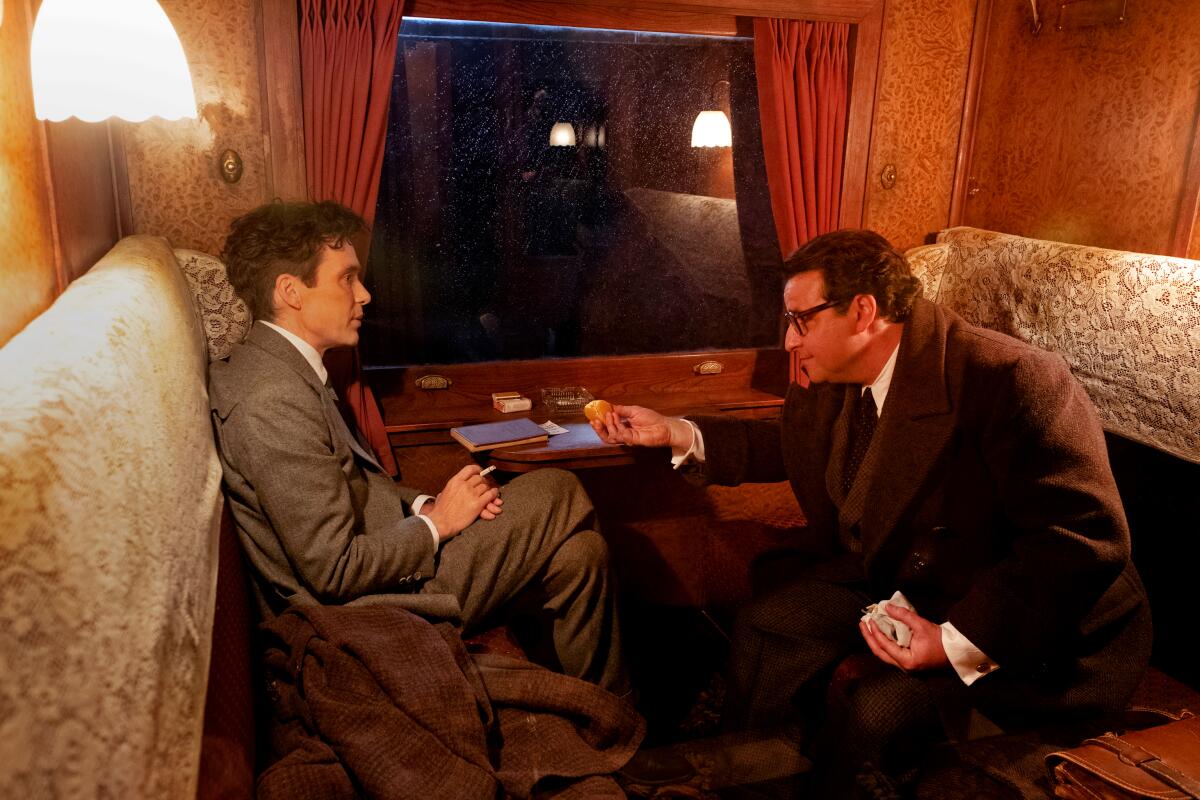
For Isidor Rabi (David Krumholtz), one of Oppenheimer's few friends, costume designer Ellen Mirojnick made him a nubby brown coat that gave him teddy bear looks and a wardrobe of earth tones and huggable fabrics.
(Melinda Sue Gordon/Universal Pictures)
Hat makers in Italy and New York tried it, but Hollywood specialist Baron Hats in downtown Los Angeles found the right combination of fit and feel with undyed South American felt and a custom leather band.
In a fitting with Murphy at the beginning of production, Mirojnick was able to find the look that would accompany the actor throughout the production: voluminous, pleated pants, blue shirts and a touch of toughness when he is in New Mexico. Mirojnick and Nolan spread out photographs of the scientist on a conference table and discovered that “his silhouette of him didn't really change from the beginning, even when we see him in the early '60s,” he says. At Los Alamos, however, Oppenheimer's myth-making came to the fore.
“He did everything with purpose in his presentation over time, and specifically when he opened Los Alamos and assumed its power. It was his moment of glory. All those images, how he wanted to project himself, were invented. He knew that pipe would be important and the hat would be important. “He knew exactly how his introduction would affect everything else that would unfold,” he says. Mirojnick also had a Santa Fe craftsman reproduce the silver and turquoise belt buckle that the scientist wore there.
Similarly, Lewis Strauss (played by Robert Downey Jr.) is a wealthy businessman, philanthropist, and member of the Atomic Energy Commission. Mirojnick dressed him in suits painstakingly tailored from ultra-fine wool and monogrammed his shirts, handkerchiefs, and even the labels on the inside of his clothing.
“He only knew the best, and that's what he became. He had the financial means to do it,” says Mirojnick. Several scenes show Strauss' outfits in color as well as black and white, so Mirojnick highlighted contrasting textures and colors that worked in both palettes.
Mirojnick calls Manhattan Project consultant and Nobel-winning physicist Isidor Rabi (David Krumholtz) Oppenheimer “only friend.” “He is his touchstone throughout the entire film,” he says. She made him a nubby brown coat that gave him teddy bear vibes and a wardrobe of earth tones and huggable fabrics.
She turned tests into character explorations with creative techniques, particularly when she helped Emily Blunt learn to play Kitty Oppenheimer, a botanist turned unhappy housewife.
“She had resigned herself to surrendering her ambition to him,” Mirojnick says of Kitty. “And clothes weren't her priority at all.” Mirojnick approximated how Kitty, a depressed alcoholic, might have dressed by tossing potential wardrobe items into a pile on the floor and having Blunt choose from there.
Kitt's look “absolutely needed to be taken down, but I didn't want anyone to notice. There is a fine line between naturalness and a costume,” says Mirojnick, summarizing the fundamental quest of costume designers: to ensure that “what you notice is not noticeable.”
The answer to that search can only be found in something to which little attention is paid in laboratories, classrooms and battlefields: the indefinable and unscientific realm of art.

